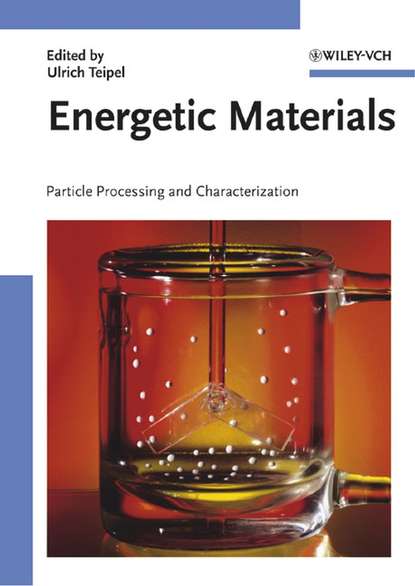
Energetic Materials скачать fb2
Ulrich Teipel - Energetic Materials краткое содержание
Incorporation of particular components with specialized properties allows one to tailor the end product's properties. For instance, the sensitivity, burning behavior, thermal or mechanical properties or stability of energetic materials can be affected and even controllably varied through incorporation of such ingredients. This book examines particle technologies as applied to energetic materials such as propellants and explosives, thus filling a void in the literature on this subject. Following an introduction covering general features of energetic materials, the first section of this book describes methods of manufacturing particulate energetic materials, including size reduction, crystallization, atomization, particle formation using supercritical fluids and microencapsulation, agglomeration phenomena, special considerations in mixing explosive particles and the production of nanoparticles. The second section discusses the characterization of particulate materials. Techniques and methods such as particle size analysis, morphology elucidation and the determination of chemical and thermal properties are presented. The wettability of powders and rheological behavior of suspensions and solids are also considered. Furthermore, methods of determining the performance of particular energetic materials are described. Each chapter deals with fundamentals and application possibilities of the various methods presented, with particular emphasis on issues applicable to particulate energetic materials. The book is thus equally relevant for chemists, physicists, material scientists, chemical and mechanical engineers and anyone interested or engaged in particle processing and characterization technologies.
Чтобы оставить свою оценку и/или комментарий, Вам нужно войти под своей учетной записью или зарегистрироваться



